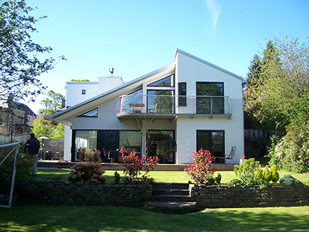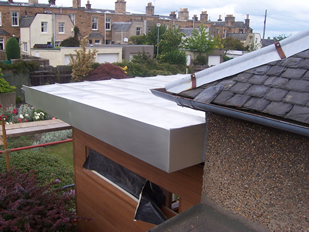Why choose Stainless Steel?

In architectural applications, stainless steel is often used because of its attractive appearance. Facades, interior cladding, lifts and escalators, handrails and parapets are some of the most typical areas of stainless steel use. The family of stainless steels, however, has more to offer than just good looks. Its technical properties make it an ideal choice for many other building applications, in which additional durability requirements are essential.
For the owner of a building, the advantages of stainless steel roofs are mainly related to three aspects:
Maximum life expectation
The presence of air pollution highlights the need for corrosion resistant materials on buildings. The Chrysler Building in New York is clear proof that stainless steel is the ideal answer to this requirement. Built in 1929-1932, this building remains an outstanding testimonial for stainless steel in roofing and facade cladding. The stainless steel used was similar to todays 1.4301.

Minimum Maintenance
As maintenance costs continue to increase, it is important to bear these in mind right from the planning stage of a building. Due to its long-term corrosion resistance and its smooth surface finish, most stainless steel roofs, when designed and erected correctly, require very little maintenance.
Low weight
Due to the high mechanical performance of stainless steel, the typical thickness of the material is lower than for most other metallic roofing materials. This can result in a lower overall weight after erection and therefore a lighter, more cost-effective supporting structure.
Stainless steel roofs can be made using a variety of techniques, from the traditional standing seam method to special welded techniques. In any case, more than thirty years experience demonstrates the high profile of the stainless steel solution in terms of durability.

The Self-Repair Capability of Stainless Steel
Stainless steel is an alloy containing at least 10.5 % chromium 1). This gives the steel an inherent ability to protect itself from corrosion. Chromium in the steel reacts with oxygen in the air and/or water to which the steel surface is exposed, and forms an invisible protective film of a chromium-rich oxide. If this layer is damaged, mechanically or chemically, it is spontaneously rebuilt if oxygen is present. Corrosion resistance is increased with higher chromium levels and, additionally, by adding molybdenum to the alloy.